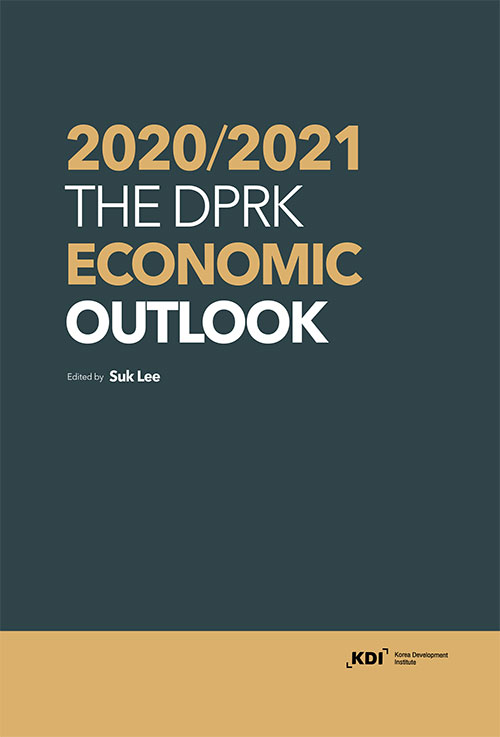The DPRK Economic Outlook CHAPTER 4. The North Korean Economy based on the Market Price and FX Rate July 08, 2021

July 08, 2021

Introduction
In the dualized North Korean economy, market price and exchange rate fluctuations reflect the supply and demand of conditions of consumer goods and foreign currency, respectively. . In the early 2000s, North Korea admitted that consumer goods and some production goods were being traded in the market. Market prices and foreign exchange rates were more broadly accepted in the “Our Style of Economic Management,” a North Korean-style reform attempted after North Korean leader Kim Jong-un took office. This implies that resource distribution based on market mechanism took on more weight in the North Korean economy. Therefore, evaluating the status of the North Korean economy based on market prices and foreign exchange rates will become more important.
In this paper, the North Korean economy in 2020 is evaluated by utilizing the available up-to-date data on market prices and foreign exchange rates. Such data are periodically published by Daily NK and Asia Press, the media outlets based on North Korean defectors’ network. Daily NK collects and releases data on market prices and foreign exchange rates in the regions of Pyongyang, Sinuiju and Hyesan, and so does Asia Press in Yanggang-do and Chagang-do. In addition, “Agricultural Trends in North Korea” published by the Korea Rural Economic Institute (KREI) releases quarterly data on the market prices of grocery products and agricultural materials based on the data compiled by Daily NK. Due to limitations in such data, two points should be noted in interpreting this paper’s analysis results. First, data on market prices and foreign exchange rates of North Korea are not systematically collected and compiled data by a statistics authority. Second, because it is not easy to check the specifications, quality, and origin (domestic or import) of individual products this creates several limitations. For example, if the price of one product soars, there is a possibility that the soaring price is driven by the changes in the product’s specifications and quality, and not simply due to the market situation. Secondly, this paper uses market prices and foreign exchange rates observed in the certain regions so that there are limitations to understanding the market situation across the country. Thirdly, in the case of market prices, it should be kept in mind that unobserved products are likely to move in an entirely different direction. Generally, market prices mentioned in this paper are confined to grocery and refined oil products, excluding industrial products and services consumed by North Korean households, which makes it difficult to understand the impact of market prices on households’ overall consumption in North Korea.
* This article is part of 2020/2021 The DPRK Economic Outlook
For more, please refer to the attached file.
- Contents
-
1. Introduction
2. Overview
3. Market Prices
4. Market Foreign Exchange Rates
5. Conclusion and Outlook
We reject unauthorized collection of email addresses posted on our website by using email address collecting programs or other technical devices. To access the email address, please type in the characters exactly as they appear in the box below.
Please enter the security code to prevent unauthorized information collection.
